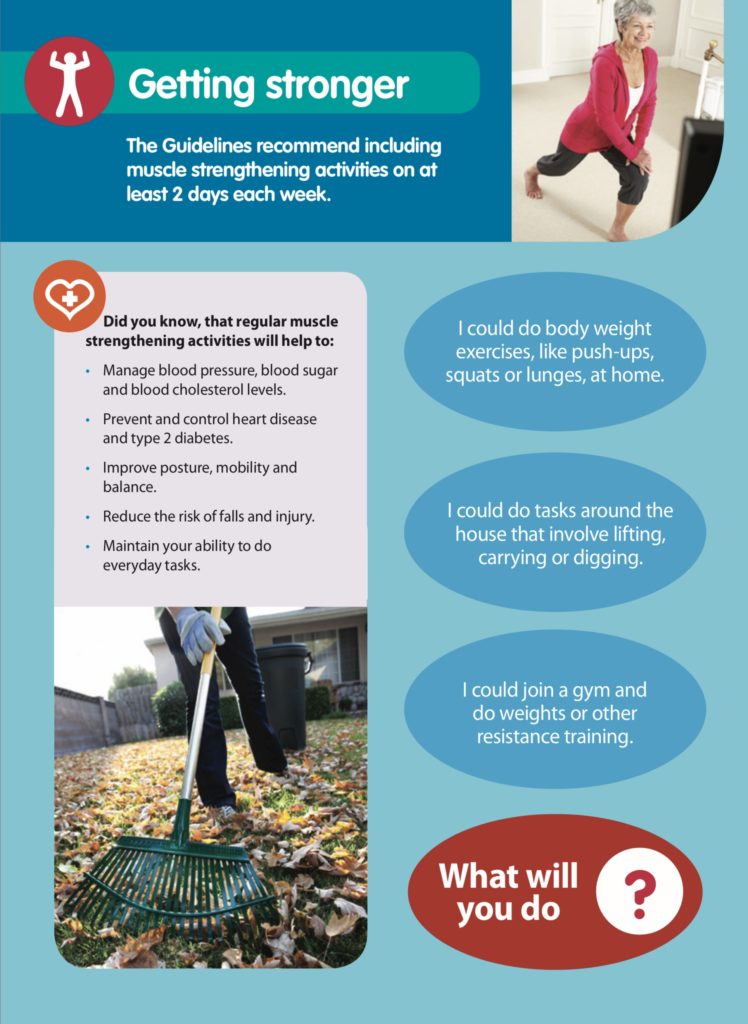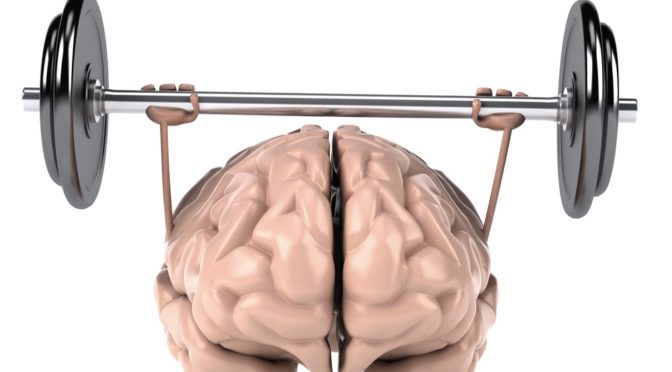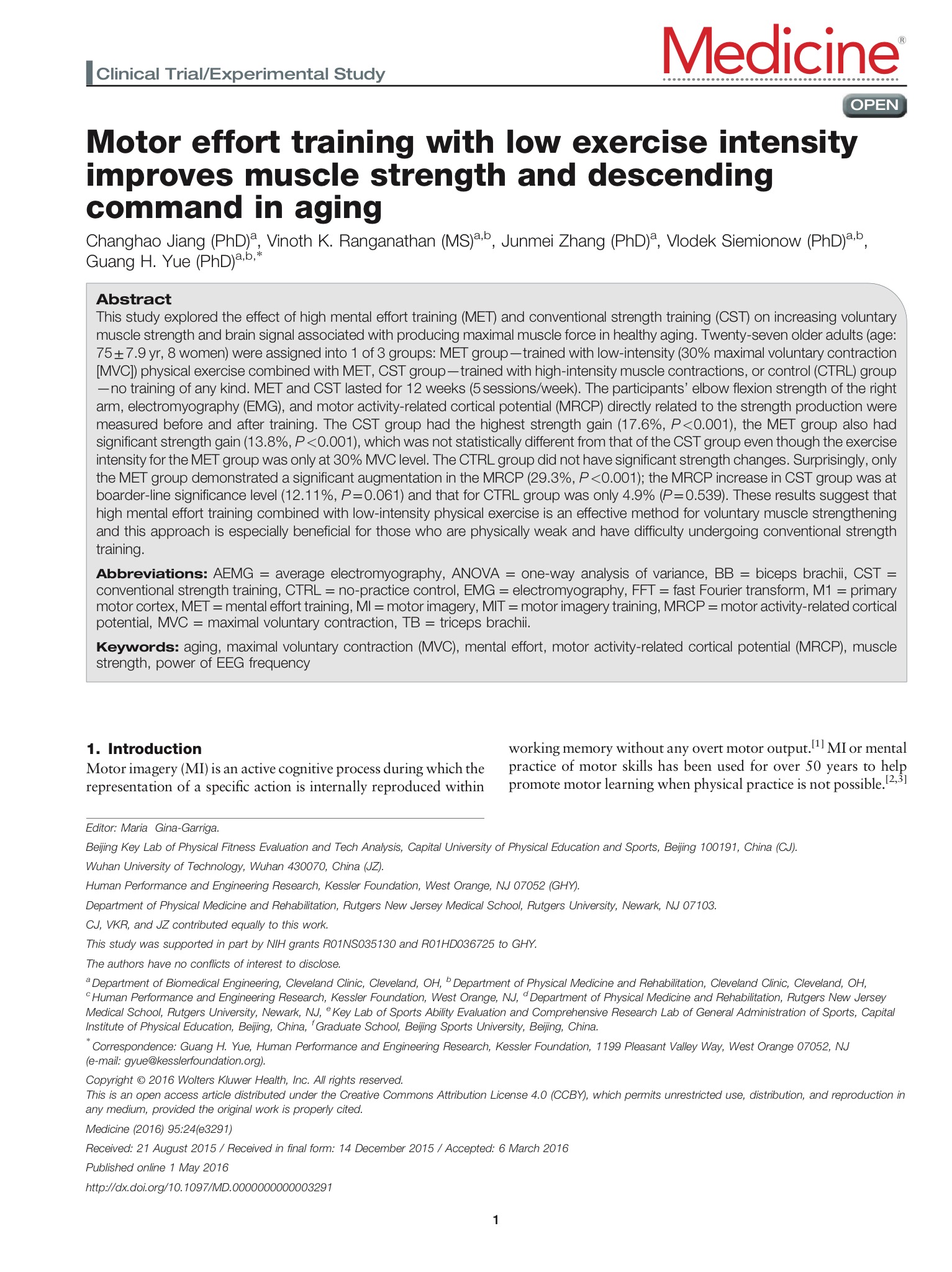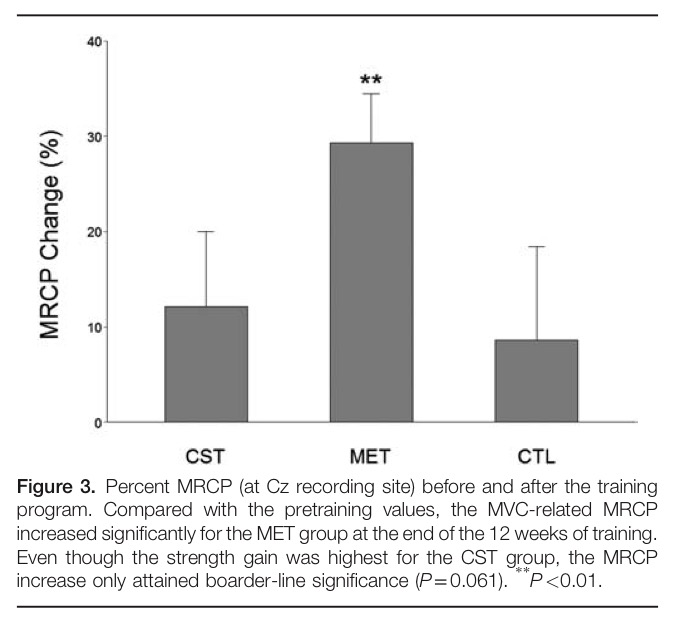“Intense resistance training without adequate aerobic endurance exercise may not be good for your cardiovascular health” FitGreyStrong 2019
The aorta (the largest artery in the body and that which sits at the top of the left ventricle, the heart’s muscular pumping chamber) can be assessed for arterial stiffness (the stiffer it is, the worst the prognosis) via a non-invasive test called Aortic Pulse Wave Velocity (usually measured in meters per second). Basically, the quicker the speed, the higher the stiffness, and stiff arteries are not healthy ones so it is important to establish what and if certain types of exercise improve aortic pliability and thus reduce chances of cardiovascular disease.
In 2009 Japanese researchers showed that increased aortic pulse wave velocity was able to predict cardiovascular mortality in middle-aged and elderly Japanese men (see here). What this suggests is that pulse wave velocity is a powerful measure of cardiovascular health.
Scientists investigating the effects of aortic pulse wave velocity in endurance trained athletes, intense resistance trained athletes and sedentary individuals discovered that much lower values were recorded for those doing endurance exercise versus both resistance trained and sedentary. In fact, the pulse wave velocity of the resistance trained athletes was similar to those sedentary. As such, intensive resistance training only may not be particularly effective for optimising cardiovascular health (see here).
It could be argued that the athletes involved in this study were weightlifters and the training involved in such a sport is very specific and possibly somewhat different to the sort of resistance training performed by many recreational lifters/trainees (i.e. higher reps, shorter rest periods that would provide greater cardiovascular stimulation and hence more likely improve arterial stiffness).
However, the takehome message from FGS is that if you are looking to improve fitness, health and wellness, make doubly sure you include a decent amount of aerobic exercise or training into your week alongside your must-do resistance/strength.
For local Townsville residents interested in FitGreyStrong’s specialised Exercise Physiology services or exercise programs for older adults or for Master’s competitors wanting to enhance athletic performance, contact FitGreyStrong@outlook.com or phone 0499 846 955 for a confidential discussion.
For other Australian residents or oversees readers interested in our services, please see here.
Disclaimer: All contents of the FitGreyStrong website/blog are provided for information and education purposes only. Those interested in making changes to their exercise, lifestyle, dietary, supplement or medication regimens should consult a relevantly qualified and competent health care professional. Those who decide to apply or implement any of the information, advice, and/or recommendations on this website do so knowingly and at their own risk. The owner and any contributors to this site accept no responsibility or liability whatsoever for any harm caused, real or imagined, from the use or distribution of information found at FitGreyStrong. Please leave this site immediately if you, the reader, find any of these conditions not acceptable.
© FitGreyStrong








